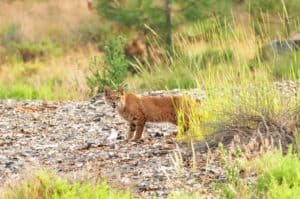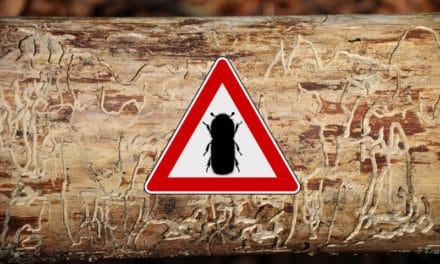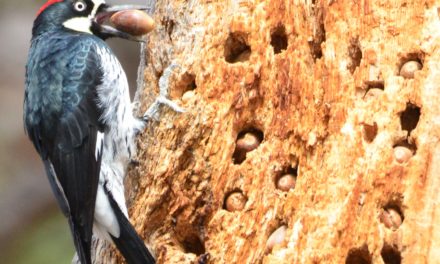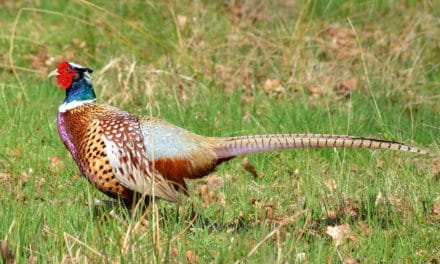Bobcat (Felis rufus)
By Jan Ramelli, Wildlife Photographer
Imagine my surprise, when sitting quietly, photographing one of my favorite places at Antelope Lake, I sensed a set of eyes on me, a beautiful Bobcat! She was crouched down in the weeds, probably after one of her favorite meals…chipmunks!

The Bobcat is only found in North America and is the most common wildcat. Their description, tracks, and behaviors are quite unique. Their coloring is tawny, with indistinct black spotting, short tail with black bars, and they have slightly tufted ears. Their tracks with fore and hind prints about the same size, 2″s long, and no claw marks. They establish “scent posts” by urinating visible only on snow; their scat is similar to a dogs and they will typically attempt to cover it up. They can grow to a length of 50 inches, and up to 70 pounds!!
While a sighting of this illusive cat is rare (and lucky), they can be found from Canada to Mexico. The Bobcat is an excellent climber but prefers to rest on a low branch or boulder while waiting to pounce upon it’s prey. It can swim, but as with most cats this is definitely not it’s preferred mode of transportation.
They eat mostly small mammals, and occasionally livestock, especially poultry. They will eat carrion when prey is scarce.
They breed in spring, finding a maternity den in a hollow log, rock shelter, or possibly under a fallen tree, and she will produce a litter of up to seven!! You may hear their hair raising scream when threatened and it’s yowls are loudest and most often during breeding season.
In my years of wildlife photography, I have only been lucky enough to spot four of these beautiful animals, and they don’t typically wait around for your photo opportunity! So keep your eyes and ears open, especially at dawn and dusk!











